Disney Lorcana TCG may be a newcomer to the trading card game scene, but the attendance and enthusiasm on display at events throughout its debut competitive season left little indication that the game is only a year old. With thousands of competitors showing up at each of the Disney Lorcana TCG Challenge events this season, it’s clear that the gameplay and presentation resonate with TCG and Disney fans alike.
It was especially important to the team that the game felt authentically Disney, and this commitment to authenticity also benefits Disney Lorcana‘s uniquely friendly but strategically deep gameplay. Aspects such as the nonconfrontational win condition, cards that sing songs, and the wide variety of playstyles derived from Disney-themed decks are just a few examples of how Disney Lorcana‘s Disney-ness has cemented the game as a serious contender as a trading card game.
Game Rant attended the Disney Lorcana TCG Challenge in Seattle to sit down with co-designer Ryan Miller, whose lifelong passion for Disney and many years of experience with TCGs has helped bring to life a Disney trading card game that honors the legacy of this iconic franchise. Miller spoke about the game’s early development, the importance of immersing players in the Disney universe, and how Disney influenced many of the game’s mechanics. This interview has been edited for brevity and clarity.

Related
Disney Lorcana Announces Azurite Sea Expansion and New Events
Ravensburger announces its sixth Disney Lorcana set that is planned to debut later this year, along with some other products and events.
How Disney Lorcana Captures The Disney Spirit
Q: Something that really stands out about Disney Lorcana is its unique win condition of gathering 20 lore rather than destroying the opponent. This completely changes the feel of gameplay. What are your thoughts on that difference?
Miller: It might sound almost semantic, but it’s hugely different. One of the things we strive for in good game design is what football would call forward progression. We want the game to move towards some sort of end state as much as possible. That way, the game progresses at a nice, fast clip.
The other aspect of going to 20 is that it’s less confrontational. I’m not attacking anybody. There is still some confrontation, as I’m challenging your characters, but I don’t win the game by challenging; I only slow you down in the race we’re on. In a multiplayer game with three or more players, another great thing is that no one is ever eliminated. You’re in it for the entire time.
In other games, you often have to attack or take some action to move the game forward, which can come with a social cost. I have to say, “Hey, I’m going to do something to you.” In Lorcana, I can just quest and move the game forward without it costing me anything socially. To me, that makes it more relaxing. There’s less antagonism.
I like that I don’t have to pay a political or social cost to progress the game. That’s why I say, “When in doubt, quest it out.” You can just quest and think, “Okay, cool, I’m going to quest.” Sure, it makes your characters vulnerable to being challenged, but that’s okay.
The game feels less antagonistic overall. Earlier you corrected me in that we don’t “kill” characters, we “banish” them. I think that’s an important distinction. This is a very friendly game where things aren’t necessarily being killed.
Miller: I don’t think of a challenge as necessarily a fight all the time. It could be a food fight, an argument, or, from a story standpoint, it might involve something like the broom sweeping your Mickey away or Minnie having a chat with Elsa. Then, you know, she’s going to go away or something like that.
From a story perspective, there can be many different types of confrontations. It doesn’t have to resemble any sort of fighting. It’s really just about those two characters interacting. Maybe I tricked you, chased you away, or did something else.
I think that’s a beautiful way of looking at that. As the game is unfolding, you can imagine some kind of story happening. Maybe you have Beast challenging Elsa. You wonder how that interaction might look and what they might be doing.
Miller: So, there’s another card type we haven’t discussed yet, called a song card. Some cards represent songs, and a song card is a subset of action cards. It plays just like an action card; you can pay its ink.
Here we have “Gruesome and Grim,” from my favorite film, Sword in the Stone. You can play this action just like any other action by paying its three ink. This card allows you to play a character that costs four or less for free. Alternatively, you can have one of your characters sing the song for you. Instead of paying the ink, I could have Donald Duck sing “Gruesome and Grim.” To do that, I simply exert him.
However, the cost of the character used to sing the song has to be at least as high as the song’s cost. So, any character I have whose ink is dry and costs three or more can be exerted, which means I’m not spending my ink. I can use that ink for something else.
This mechanic is not only fun and thematic—imagine Donald Duck singing “Gruesome and Grim” (I won’t attempt it, since I can’t do a Donald Duck voice)—but also a very strategic choice. It allows me to save that ink for something else I might want to play.
What I love about it is how the thematic and mechanical elements bind well together and create something that’s thematically very fun and immersive but also strategic.
There are times when you want to have a character sing, and there are times when you just want to play it. It’s hard not to sing along when you play One Jump Ahead, right? When you hear a room full of people playing, you’ll often hear people just singing.
That must be so special to hear as a creator.
Miller: I’ve been a lifelong Disney fan. For me, designing games really started when I was about eight years old. My grandmother took me to Disneyland. I grew up in Bakersfield, California, which is a couple of hours north of Disneyland, and she took me down there just a handful of times. What impressed me the most, even at that age, was the immersion of that space. You walk under the brick archway, turn left into Adventureland, and you are transported.
I get goosebumps now just talking about it. I didn’t know the word “immersion” at that age, but I knew that I felt like I was no longer just a kid in Southern California; I was an adventurer in Adventureland. Later on, when I got into gaming, I started feeling that same feeling. Games have this wonderful way of transporting us and telling stories on the tabletop.
So, really, Disney is where it all started for me. When I was offered this job, I thought, “Of course!” This is the merging of two of my loves. It’s been super fun to work on.
Q: Going back to that moment getting offered the job, what was it like in those earliest days working on Disney Lorcana? How do you even start? What do you write on the whiteboard on day one?
Miller: I imagine as a writer you’ve got to think about this, too. You need to think about who it’s for. Get to know your audience and decide who they are, because that will inform a lot of your decisions. We picked two broad audiences: trading card game players and Disney fans. We wanted something for both of them.
For Disney fans, we have these wonderful characters, and the art for this game is amazing. Every piece is brand new, created just for this game. We’re producing more new art than in any single product in the history of Disney-licensed products.
We also wanted a game that felt welcoming to Disney fans—something that would say, “If you’ve never played a trading card game before, this is for you.” Trading card games do this very well because they have a basic structure of rules that can be welcoming, while the strategy comes from the cards themselves. I think of it like a house: the basic structure—walls, foundation, and roof—represents the rules. The cards bring in color and make it a home, something you can live in.
As a Disney fan, you have this basic structure of rules that is fairly welcoming. It is a different style of game, so there is something to learn if you’re coming from a different background. For trading card gamers, there’s a lot of skill testing in this game. Even the rules require skill, like choosing which card to ink. A new player might just think, “Oh, I’ll pick this one,” but for more experienced players, it’s a skill-testing choice.
Miller: We started day one with the question, “Who is this for, and what kind of experience do we want to create for them?” Then it was a matter of throwing a lot of pasta on the wall, trying different ideas until something broke. We went through about a dozen iterations, getting very excited about each one, thinking, “Maybe this is the one.” But then there would be a crack in the eggshell, and it would go downhill from there, leading us to start over.
A lot of times, that crack came from the game itself. We knew it was crucial to have multiplayer support, meaning you shouldn’t have to change any rules to play with three or more players. We recognized that this was a fun way to play, especially for more social players. Many early designs had interesting concepts but required extra rules for multiplayer, and we just weren’t okay with that.
Other times, it was just something else. I remember one early one. It was terrible — it sounds really neat, but turned out to be terrible. While playing, you’ve seen our classifications, like hero, villain, and ally. I had this bright idea that heroes could only challenge villains, and villains could only challenge heroes. It sounded cool, but the gameplay was miserable.
When building my deck, I had to split it half-and-half, and even then, I might not draw my villains, leaving my heroes running around without anything to challenge. That’s pasta thrown at the wall, and we’re asking, “Is it done? Is it ready? Is it what we want?” It was so disappointing. We played one game and didn’t even finish it. I was like, “I don’t want to play this anymore, this is terrible.”
One key moment came when we were working on what we would call an engine-building game. In these games, you put pieces out, and each one does a specific function, almost like a Rube Goldberg machine and it kind of plays itself.
It’s a very fun style of game generally used in board games. We had this idea where you would go left to right every turn, adding to your engine, and maybe I’d mess with your engine. But it felt so clinical and procedural that it removed you from the experience. It’s an example of the rules becoming so loud that you can’t immerse yourself in the world anymore because there’s a designer in your ear going, “I’m gonna do this and this and this!” and that’s no fun.
I remember telling Steve over video during the pandemic that I was just so frustrated and so was he. I was like, “What do we want?” At the end of the day, we needed players to be able to play their favorite characters and have them do fun things. We decided to zoom out and come back to that idea.
Then we started putting together different components and figuring out the resource system. You start clicking these things together and hopefully, they crystallize at some point. That’s what happened about five or six months in when we arrived at what you played today, for the most part. At this point, it’s hard to love again after your heart’s been broken so many times, so we were cautiously optimistic. But the more we played it, the more we were like, “Okay, this is what we want to do.” That’s what the early days were like.
How Disney Lorcana Took Shape In Its Early Days
Q: It’s always interesting to hear about those times when developers throw pasta at the wall, and it doesn’t quite stick.
Miller: I think, especially for new designers, it can be pretty hard. I’m an old designer; I’ve been doing this for 20-plus years, and it still happens to me. You get this thing where you come up with an idea, get excited, and even with all you know about game design you think, “This must be good.” But then you try it, and it just falls flat. That’s just part of game design. It’s just getting back up again.
You learn from everything, though; every single experience teaches you something. We wouldn’t have reached this point without all those dozen games we tested along the way. All of it was important.
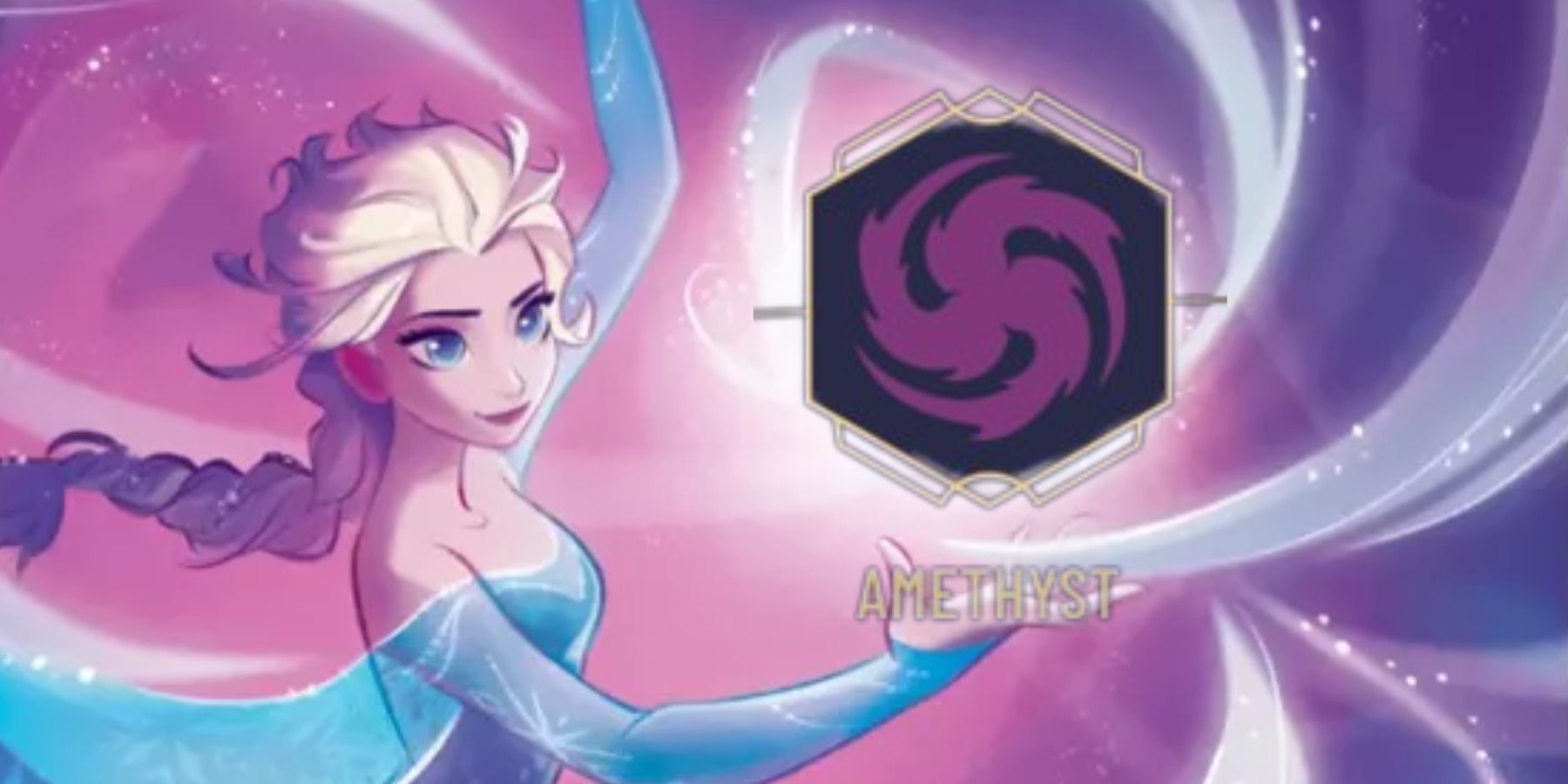
Related
Disney Lorcana – Best Amethyst Cards in The First Chapter
Disney Lorcana’s First Chapter features 36 Amethyst Ink cards, each of which represents a powerful magic user or a magical action or item.
Q: Can you recall an idea that led to everything else clicking together?
Miller: The songs were that. We talked a lot about how Disney influenced the design. Like I mentioned about the basic structure of the house, early on, we decided we didn’t want to be overly innovative with that structure. Innovation can sometimes lead to where it’s like the designer saying, “Look how good I am.” What we wanted was a game that elevated the theme.
That’s that moment I told you about when I asked “What do I want?” I just want my favorite characters out, and I want them doing fun things. That’s the theme we wanted. Everything we did elevates that. Anything that got in the way, like the villain-hero rule, had to be cut out.
We were also talking about, “But is the basic game Disney?” We knew the cards and abilities would be very Disney, but how Disney should the structure be? We struggled with that because we just weren’t sure. With all the different properties we’re going to include, we needed something that elevated all the different themes from these wonderful Disney films.
I knew that songs had to have a place in the game. I just knew it. Just having a “Let It Go” card is so fun! My personal favorite is “You’re Welcome.” I love that card so much. I think you drew it, actually! What I wanted to avoid was just slapping a song title on an action card and calling it a day. We went back and forth on different mechanics for how to do it.
Now, Steve claims I came up with the idea, but I remember it differently—I’m not sure who actually did. The idea of simply exerting one of your characters and doing the cost thing to cover the cost and play a song for free felt like a breakthrough. That, to me, was one of those moments where I was like, “Okay, we’ve got something special here.”
I say this a lot, but creating a game feels like buying someone a gift and waiting for them to open it. We get to experience that excitement every few months when we do a new set. When I got to that moment with these songs, I knew people were going to love them. I thought, “Oh my gosh, this is so fun!” That was a turning point for the design. At that point, the next step was to go to the larger team and show them that. Then there’s the more complicated process of designing the cards themselves.
Q: The song mechanic is so Disney, and Disney is clearly important to you as a lifelong fan. How do you feel Lorcana embodies Disney? What does that mean to you?
Miller: The words that come to mind are wonder and whimsy. I think a good Disney story does both of things very well. Disney does many things well, but those are two things that come to my mind. We also wanted to honor Disney because these characters and stories are more than just entertainment; they’re part of the fabric of our culture and the DNA of our fans. They’re so precious, and we want to take great care of these characters. We love them, too.
To make this Disney, a lot of it was the art. We wanted to make sure it all came through. One of the things I say is that our recipe is love, attention to detail, and excellence. Love just means that we love this, too. I believe when you create something with love, people can feel it in their fingertips when they pull that product off the shelf and thumb through the cards, they know that the people who made this love it.
Attention to detail is how we show that love; it’s our love language. Showing the details in the art, the gameplay, and even the names we choose for the abilities. Excellence might sound like a corporate buzzword, but in this case, it means we still have to do great work. At the end of the day, the art is the most beautiful I’ve ever seen in a trading card game. Our creative team has absolutely knocked it out of the park. We have an astounding team of hundreds of artists, art directors, and graphic designers who do the most beautiful art ever for a game.
All of this is to send a message to our fans: We love Disney, too. We love these characters, too, and we’re not just going to show them in the ways you know and love them; we’re going to surprise and delight you with ways you’ve never seen them before, like our giant Tinkerbell.
It’s a lot like my old job as a club DJ in Seattle. One thing I learned in that job was that at the beginning of the night, you play songs you know the audience will enjoy. You know they know the song, and you know they’ll dance to it. This builds a connection and gains their trust. Later in the night, you can take them on a journey because they trust you. We show our love for Disney because we want to take our fans on a journey, and we want them to trust us to do that. That’s why it’s really important that we show them these things.
Q: That’s something that resonates with me as a musician as well. The fans have a sixth sense for authenticity. They can tell when something is soulful.
Miller: You’re a performer too, so you know how it feels. In my opinion, the true aim of good art is connection. You can’t connect in a dishonest way; honesty and truth are key to that connection.
When I first started talking to Ravensburger, I was a little skeptical. I’ve been in the trading card game business for over 20 years, and it’s a tough type of game to make. It’s more complicated at every level than a board game and a board game is already complicated to make.
But as I got to know the company and what they’ve already done with Disney, my perspective changed. They created this wonderful game called Disney Villainous, which I highly recommend. Each player is a different Disney villain, and you’re trying to complete your evil plans before they do. It’s really fun, and it’s a beautiful, gorgeous game that’s connected with Disney fans, and I’m like, “Okay, here’s a company that knows Disney.”
They’ve been working with Disney for 60 years. They know Disney fans and have an ongoing conversation with them. I went from being skeptical to feeling like this is the only company that could actually pull this off. So sign me up!
It’s great to hear developers speak about their game using the same language artists do about their art.
Miller: It is art. And a community, too. The community around this game is outstanding. It’s one of the most welcoming groups I’ve encountered. Do you hear the chatter out there? That’s one of my favorite sounds, hearing so many people enjoying something I’ve worked on. I believe I was put on this earth to make great experiences with people and bring people together, and it’s one of the things I’m so proud of with this game.
We’ve got families who play this game. I had someone come up to me and say that their two daughters were struggling with their reading, but they decided on their own to improve so they could play the game with their dad. I don’t know that there’s a better compliment for anything I’ve ever done.
Without this community, without these wonderful players, it’s just a game. But the true art is the connection. We’ve connected with these people, and they’ve connected with each other. Now we have something that’s bigger than anything a stack of cards could ever hope to be.
Q: You mentioned how this is much harder to design than a board game. What do you feel is the most challenging thing about developing Disney Lorcana?
Miller: It is more challenging to design, but it’s also more challenging to produce and market. I guess I’d say complicated rather than challenging, but that’s a type of challenge, I suppose. I think, especially before we launched, we had to make a lot of assumptions about how fun the game would be and how it would connect in a Disney way, which was difficult.
I think the challenge for us is really making sure we’re putting out great things every quarter that connect with the story, connect with the audience, and all the different types of audiences that we have. I mentioned two broad audiences, but they can be broken down in many different ways.
That’s another difference. With a board game, you make it, you launch it, and it’s out. You still market it; you still work on it. But we have something new every single quarter. 204 new cards every single quarter. We want to make sure that each of those launches is super exciting and super high quality, and that they continue to build on this wonderful game that we’ve made.
To me, it’s a marathon of marathons. We’re thinking long-term, not just three years down the line; we’re planning for 30 years. I’ve never seen a company invest in a game the way Ravensburger has. They were willing to commit time and resources well before we even launched, which is amazing.
So, to me, it’s that we have to be thinking zoomed out, thinking long term, but also every set has got to be its best. I believe very firmly that we owe it to our fans and our players to give them the best experience we can and give them the time and resources that we have because they are the ones spending their time and their resources on our game.
We owe a great experience to them, and so that is the challenge. Making sure that we’re zoomed in enough that every single launch is great, but zoomed out enough that we have that long-term plan, so it’s going to get better and better and we’re going to get more people playing. That’s the challenge. That is the true test of endurance, right there.
Q: On stage earlier, you mentioned how you hadn’t expected to come this far. Do you recall a moment during this journey when you realized Disney Lorcana was really resonating with people?
Miller: I can think of a few, but the main one was the first D23 event a couple of years ago, where we announced the game. The game wasn’t out, but we had a booth where we were handing out promo cards, including Mickey – Brave Little Tailor and a set of six cards. The reception we got there among D23 fans who are the ultimate Disney super fans was amazing. We had a line stretching out of the hall, with so many people excited to see what we had and get their hands on the cards. That was the first moment. The game still wasn’t out yet, and we hadn’t announced gameplay yet, either.
It was when we launched the game last August at Gen Con, which is this huge game convention in Indianapolis every year. There was this couple who are here today, in fact. They were there Wednesday night, and we opened the floor at 9 AM Thursday morning. They were at the front of the line at 6 PM Wednesday night, and they were fully planning to camp there the entire night.
These two had never been to a game convention before. This was their wedding anniversary trip for the year. They’re from Oregon, and they’re just a sweet couple. The guy had a Disney cap and a Disney tattoo; they were Disney fans. They’d never played a TCG before, and I was like, “Wow. We did something that connected with these two, and they were so excited that here they are now.”
We said, “Don’t camp. We’re gonna hook you up.” We talked with them, we took some photos with them, and we had a great time. I signed a bunch of cards for them. I think that was one of those moments where we were like, “Okay, we have something really special, and they’re very excited.”
Q: Any last thoughts you’d like to share before we head out?
Miller: There are lots of ways to play Lorcana, and only one of them is to sit down and shuffle up and play. Collecting the game is how to play Lorcana, or talking about deck building or thinking about it as another way of socializing with other Lorcana players. There are a lot of ways to play.
If you don’t want to play, that’s awesome. Collecting is really fun too. It’s a wonderful game to get into, so I just recommend you come check it out. It was made with a lot of love, and it’s a gift that we made, and we hope you enjoy it.
[END]
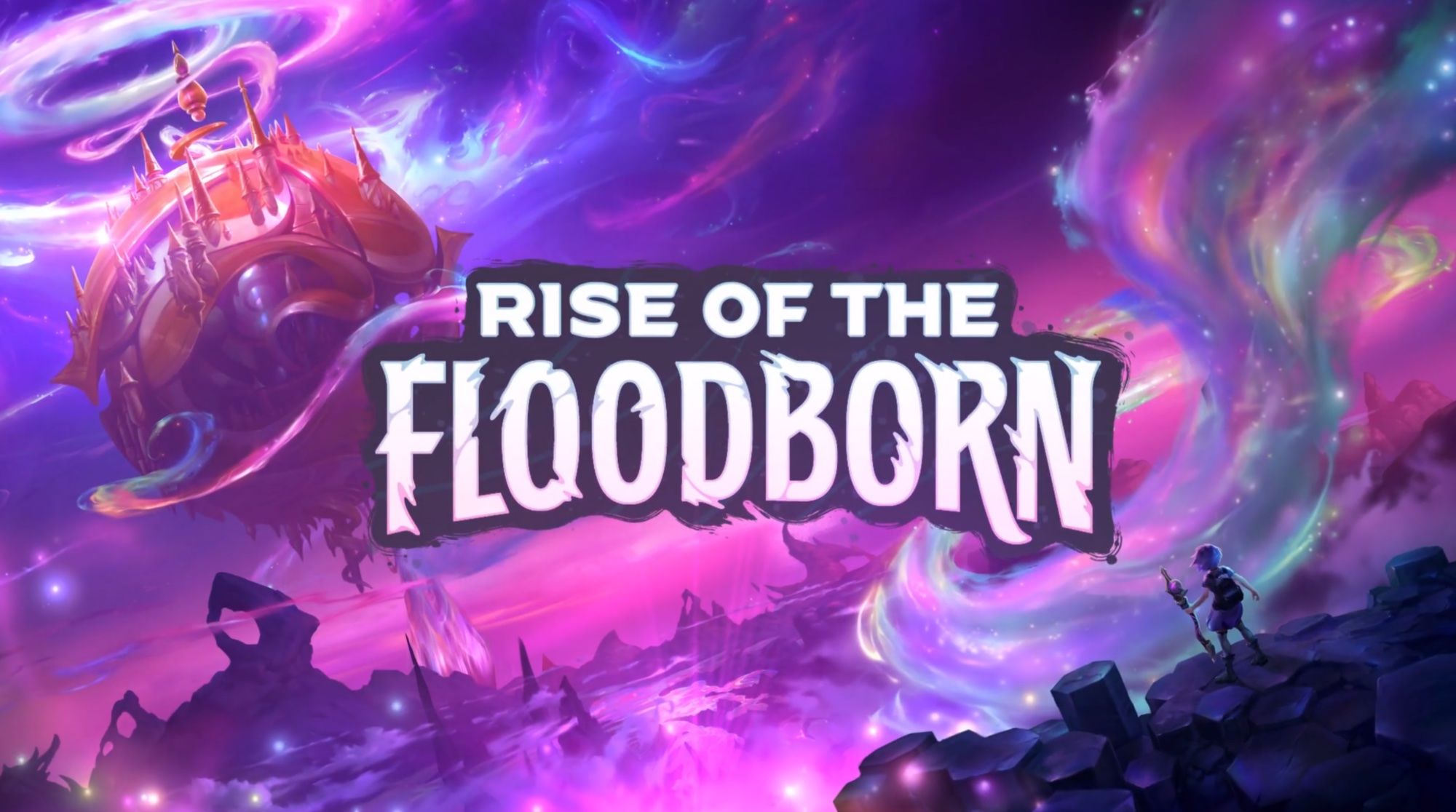
Disney Lorcana
As an Illumineer, you’ll wield six magical inks to summon glimmers of Disney characters. Glimmers can appear as familiar friends or in fantastically reimagined forms. Recruit glimmers to your team as you travel through the realm of Lorcana.
The Disney Lorcana: Rise of the Floodborn trading card game will be available at Hobby Stores and Disney Parks on November 17th and on Mass retailers and shopDisney on December 1.
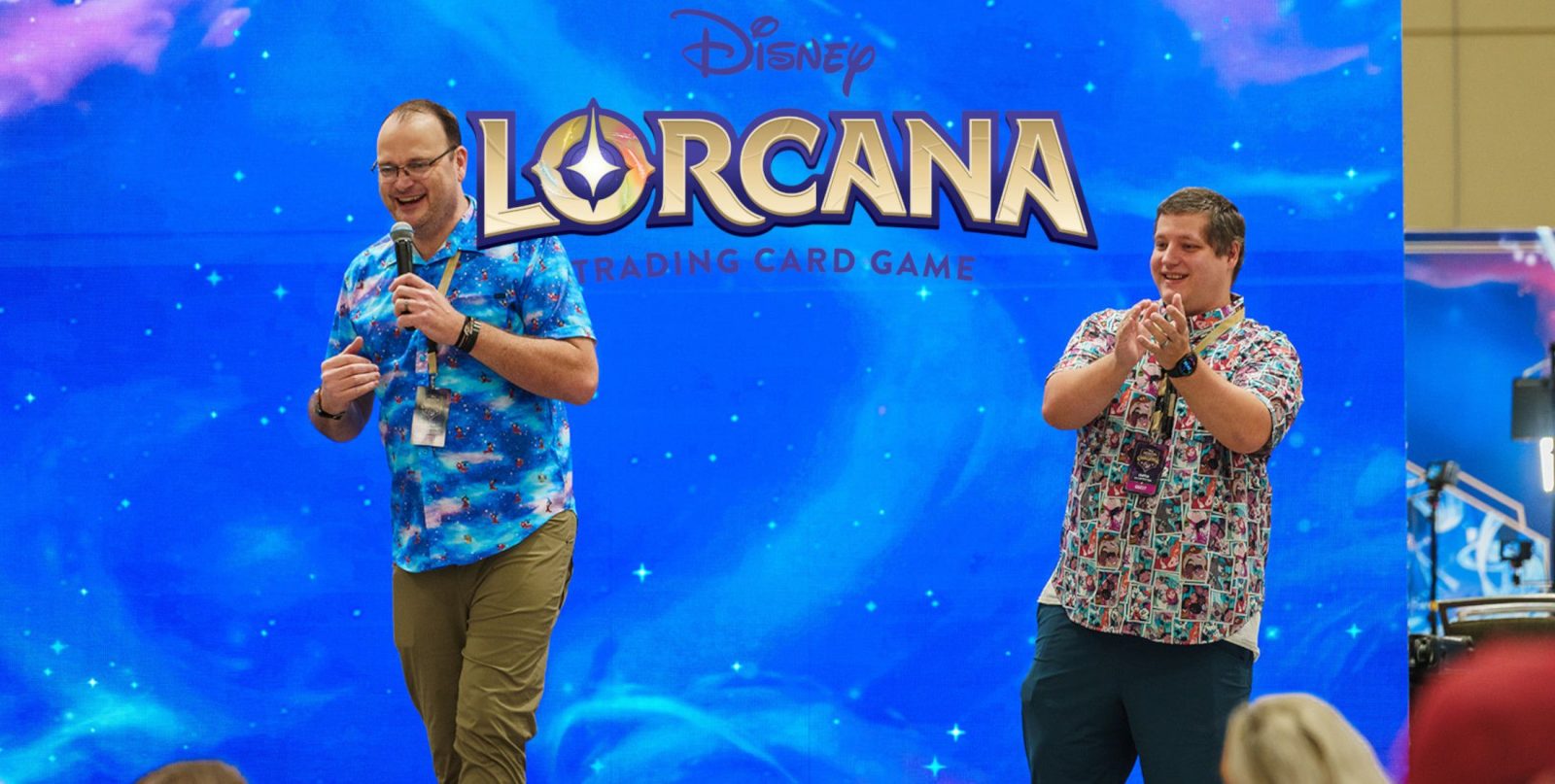

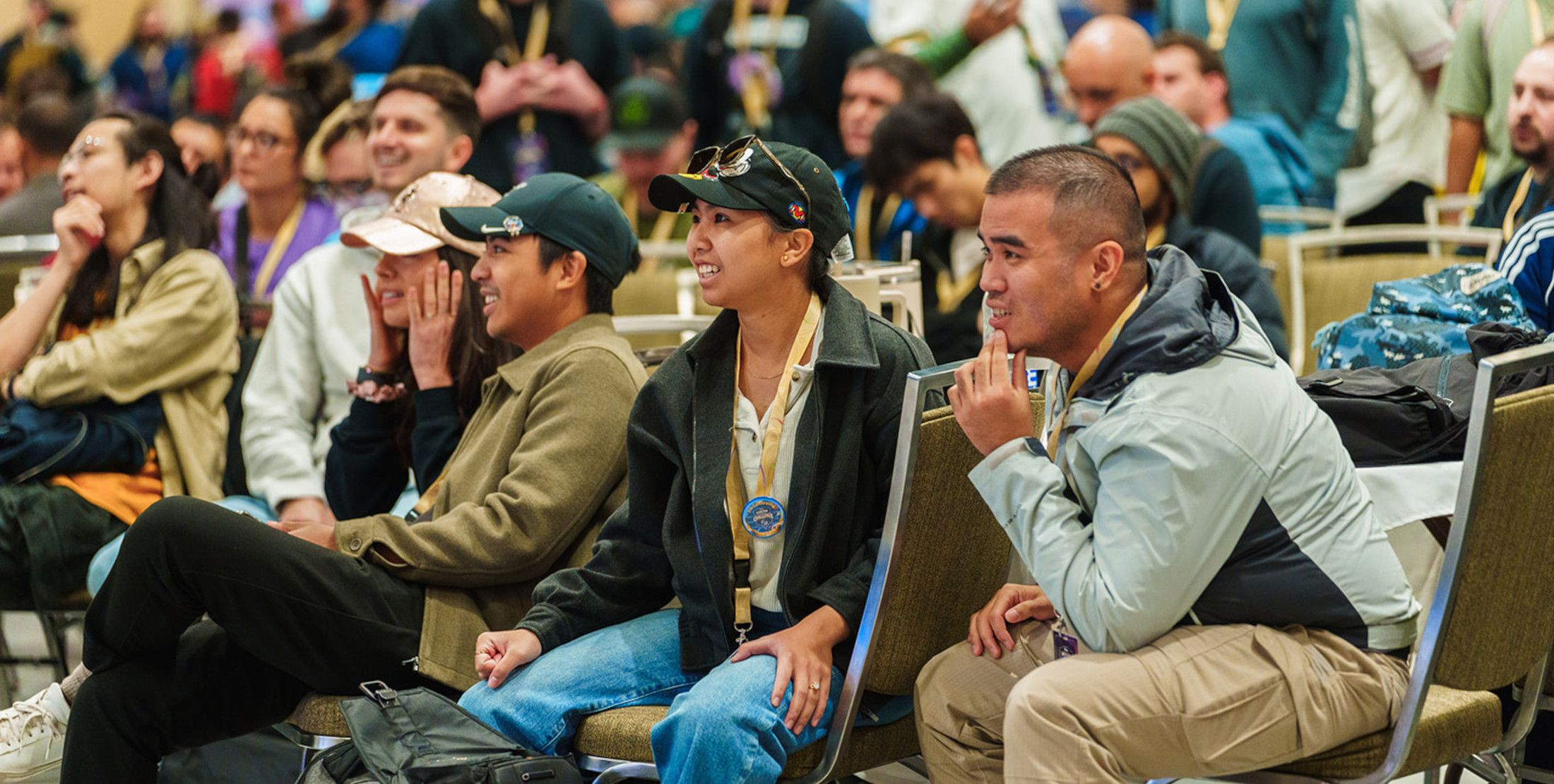
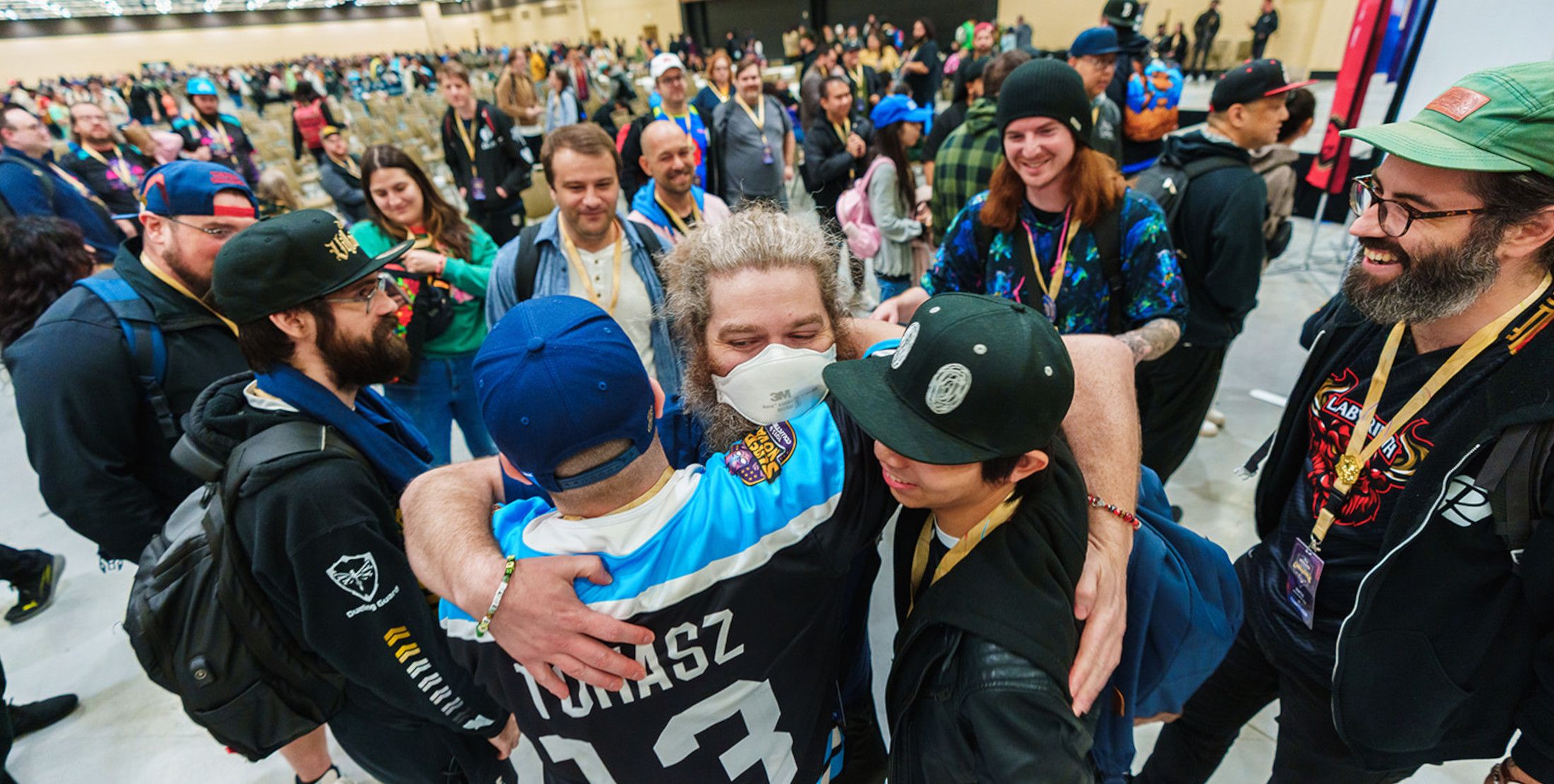
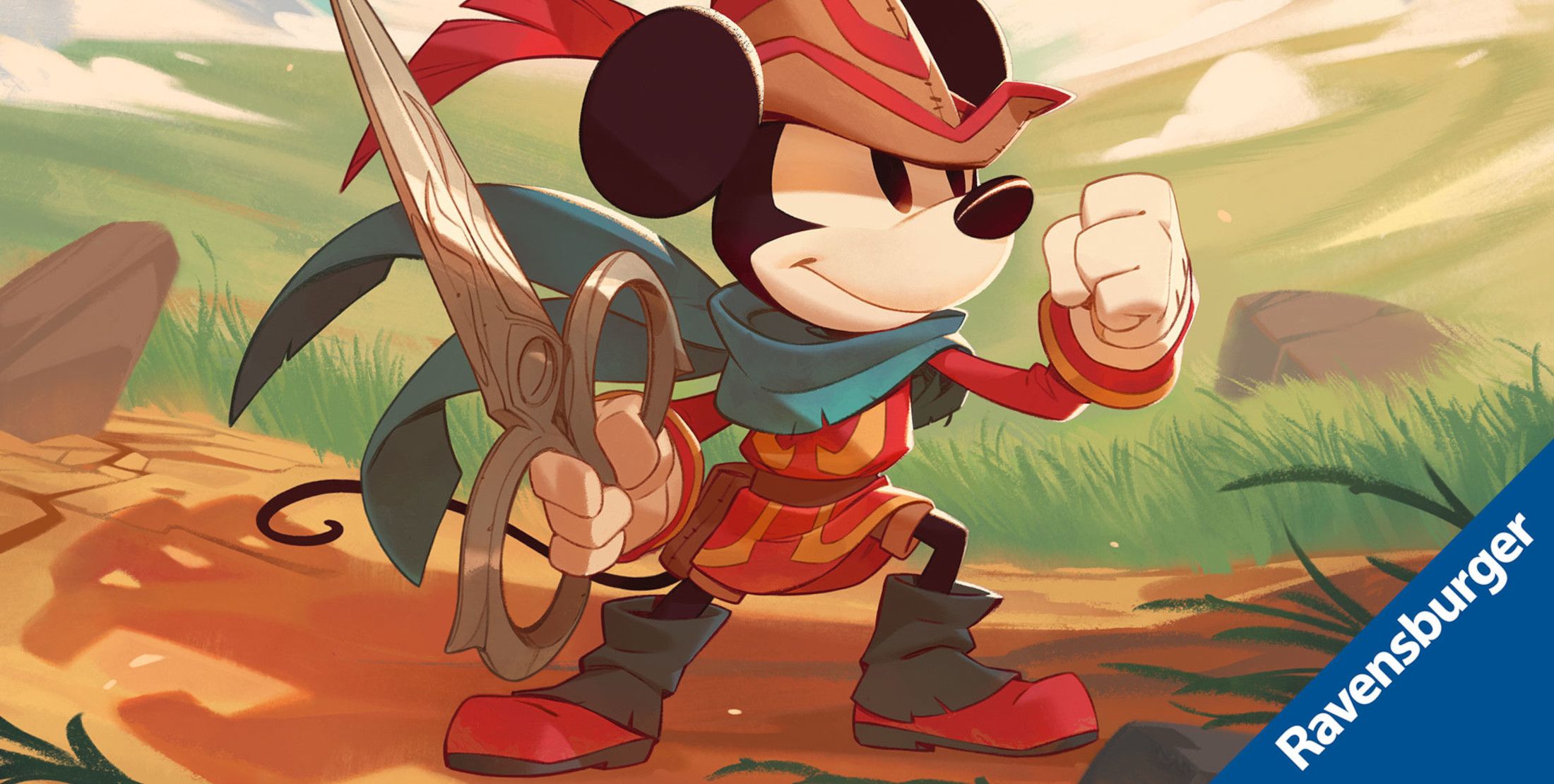
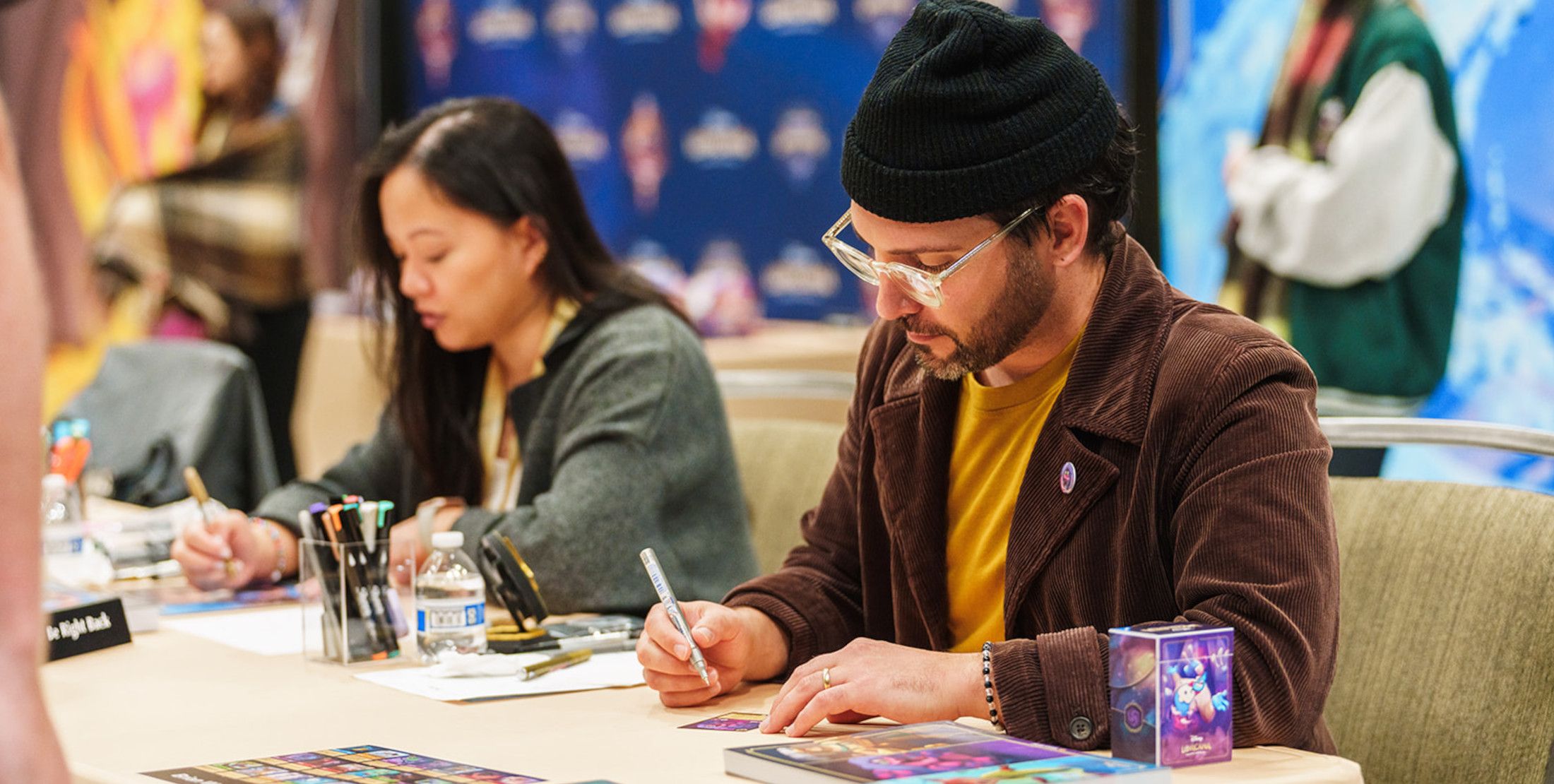
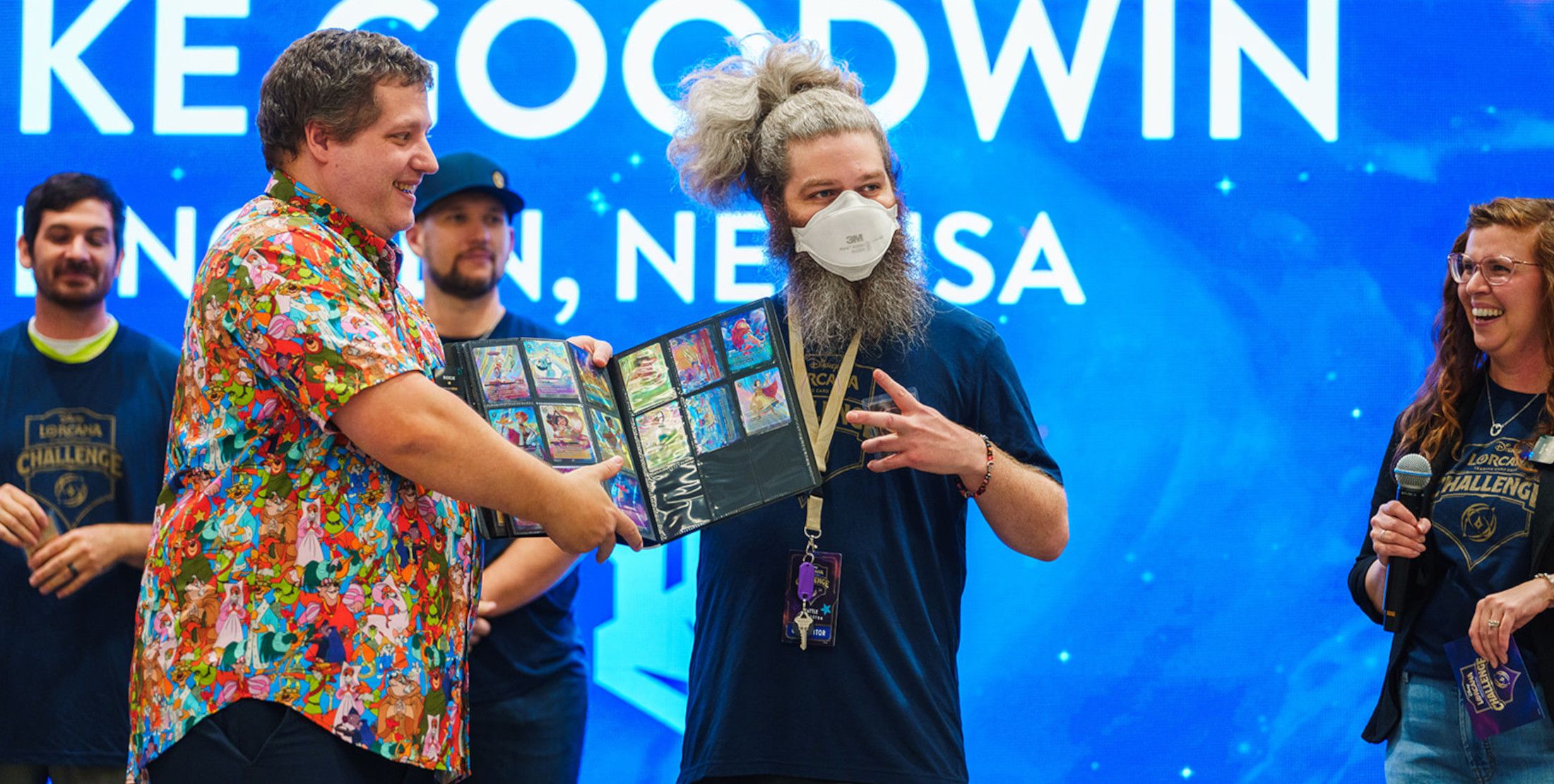
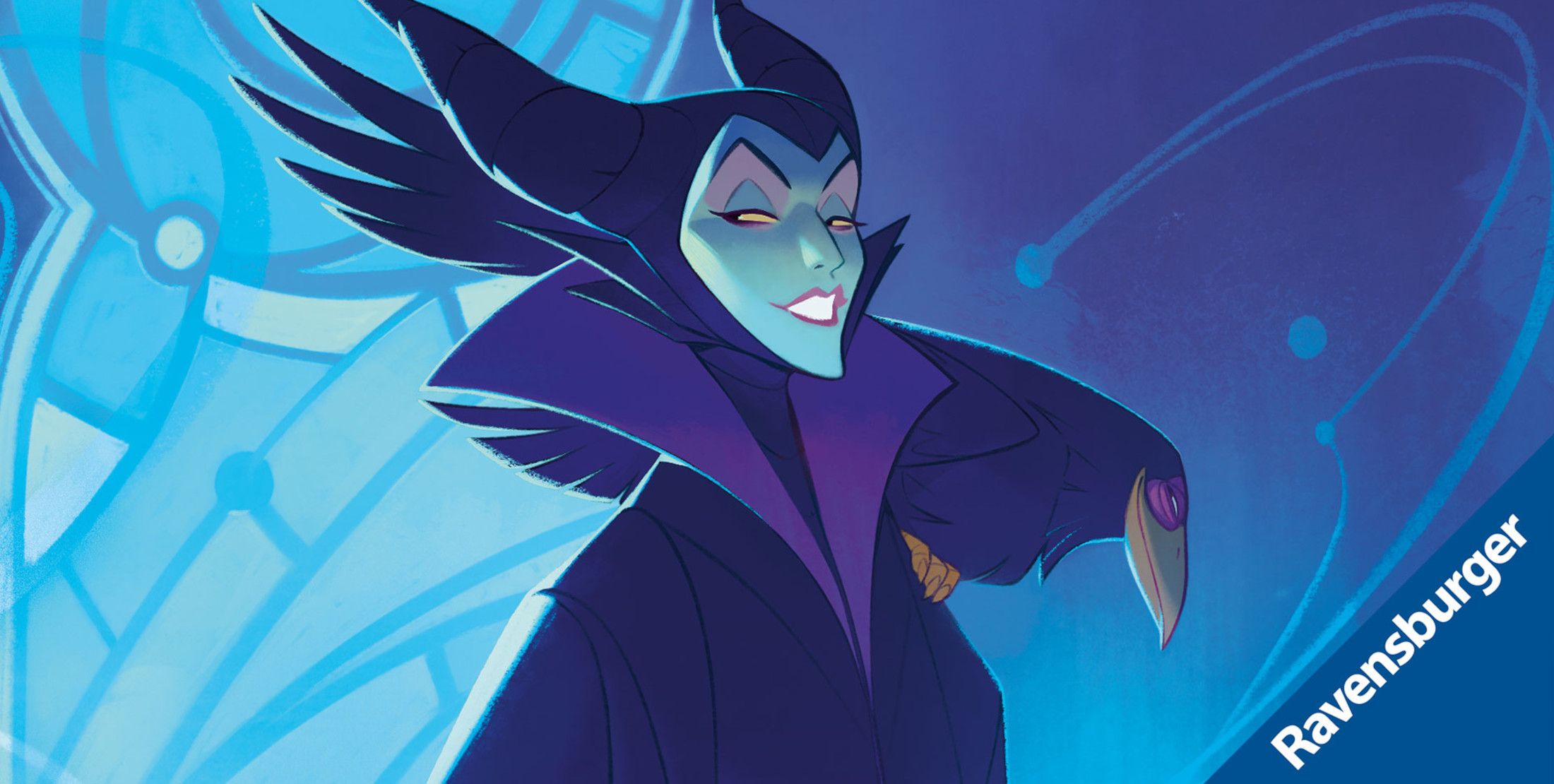
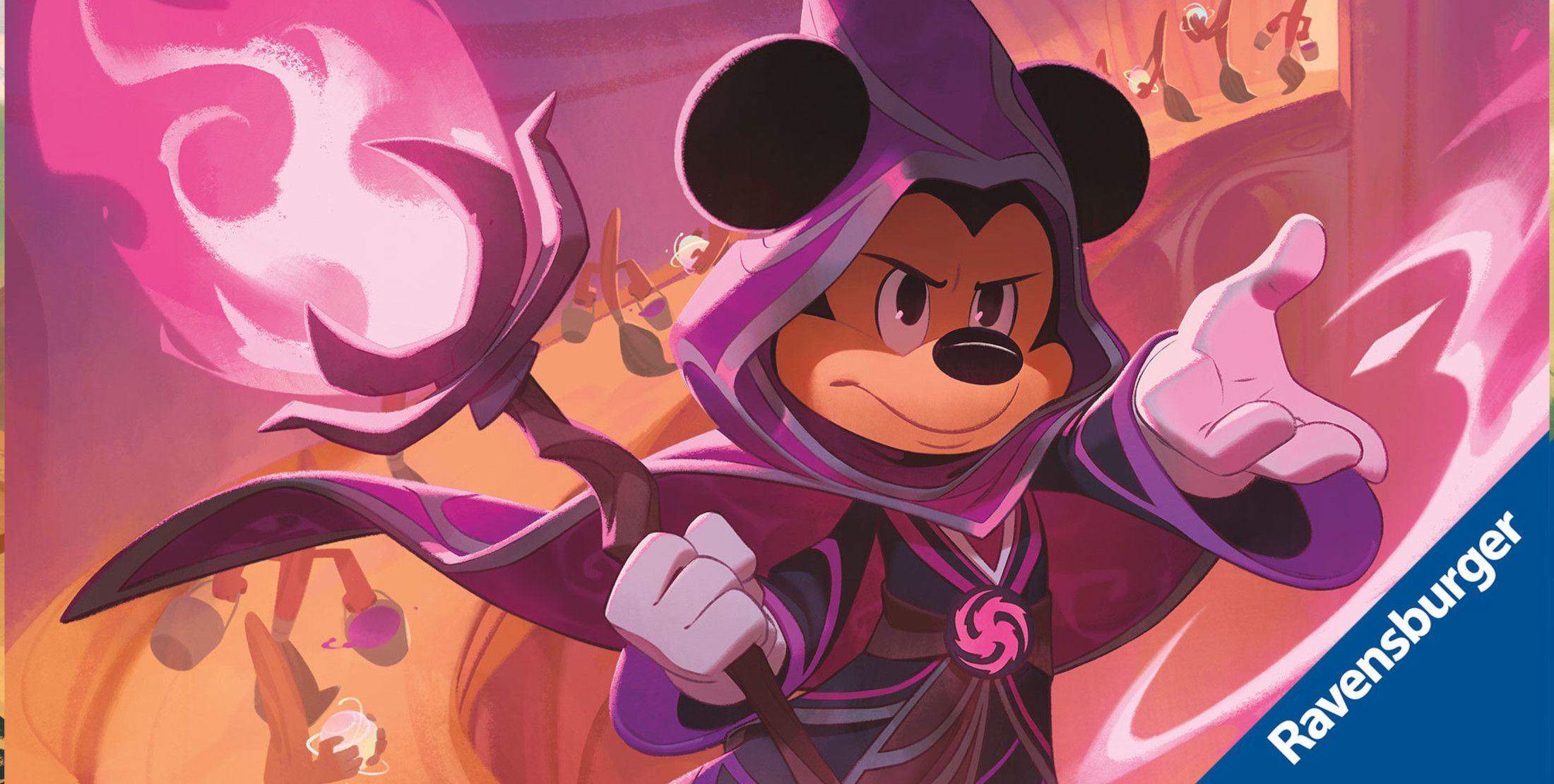
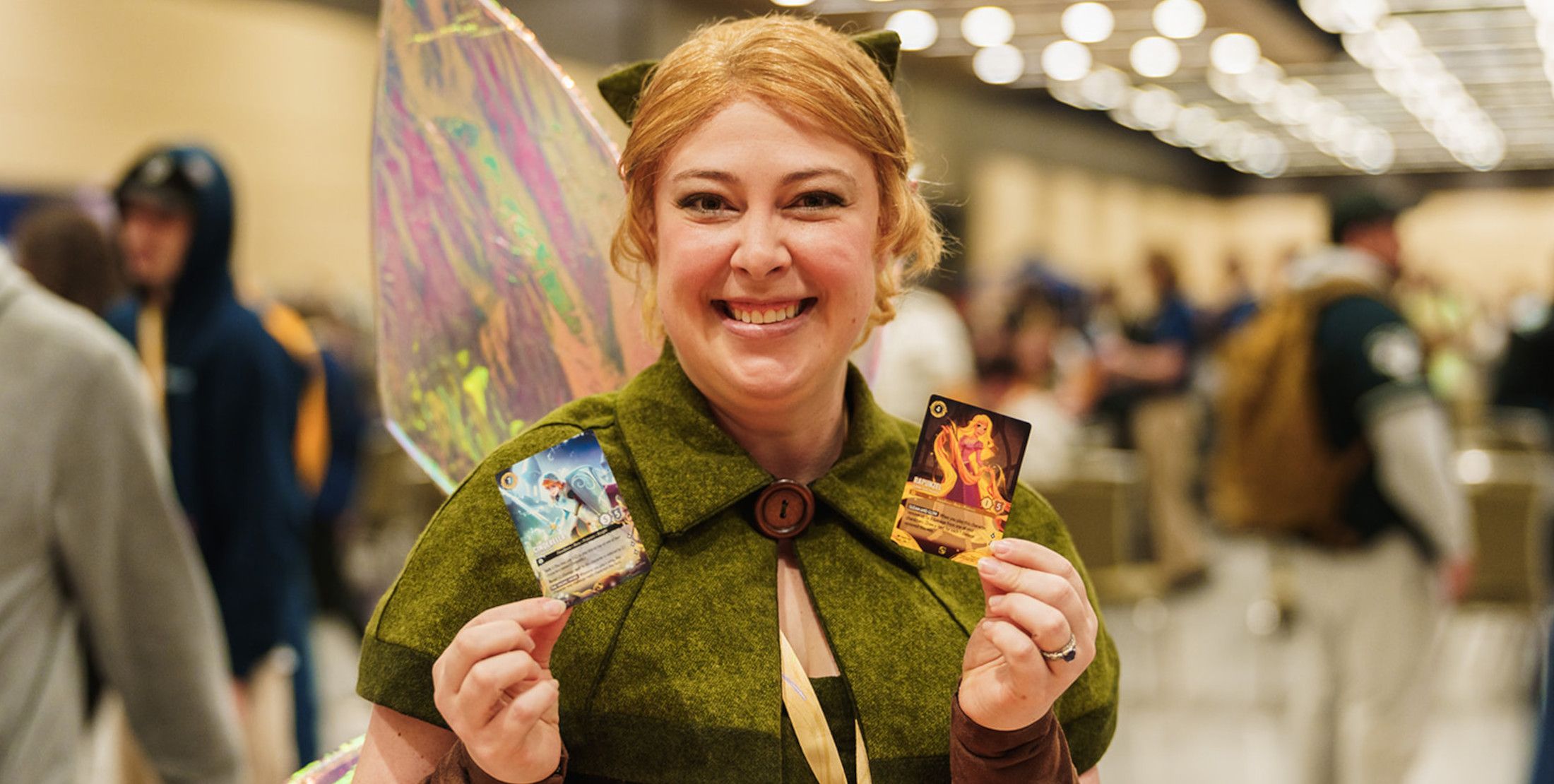
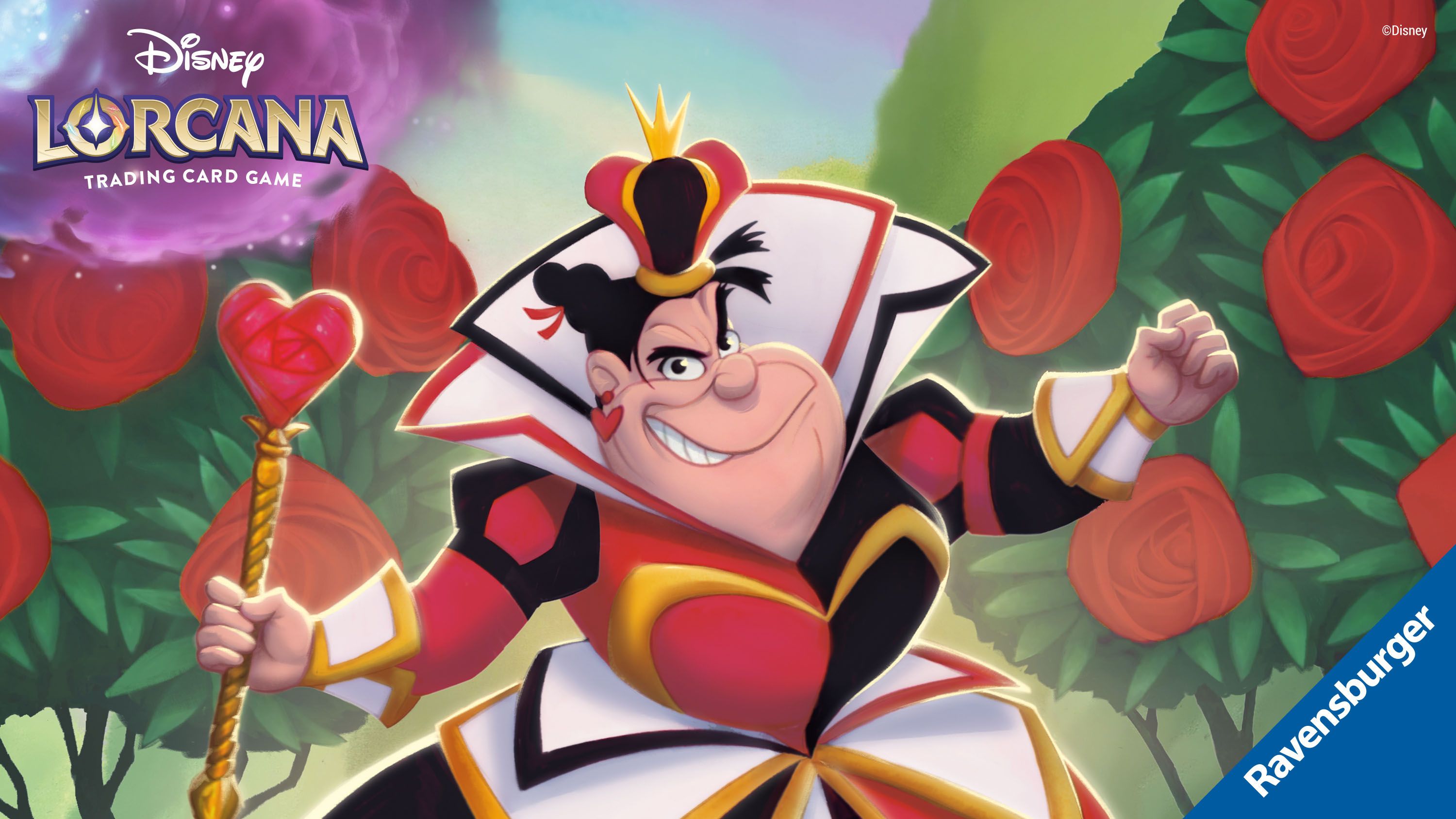
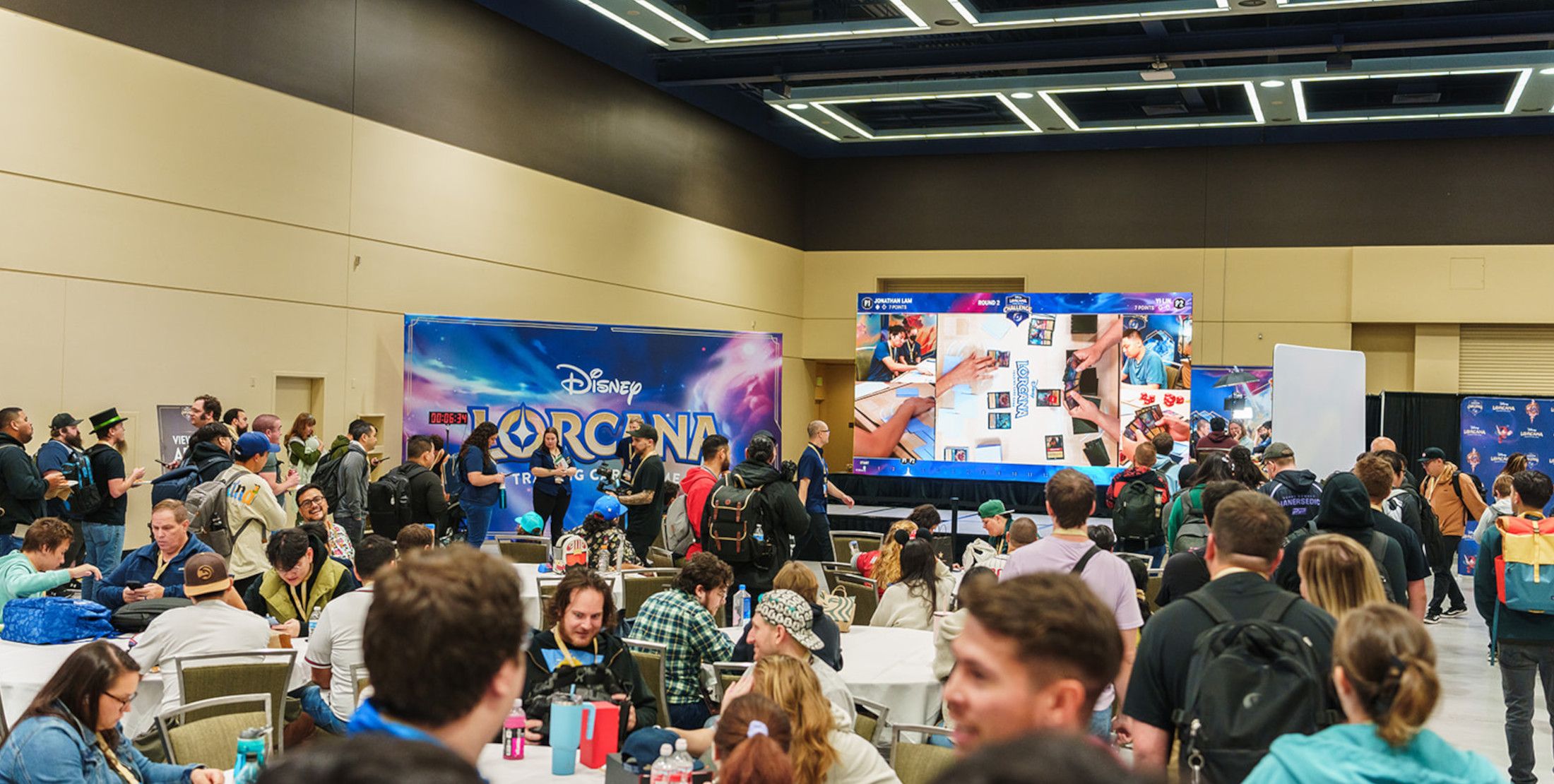
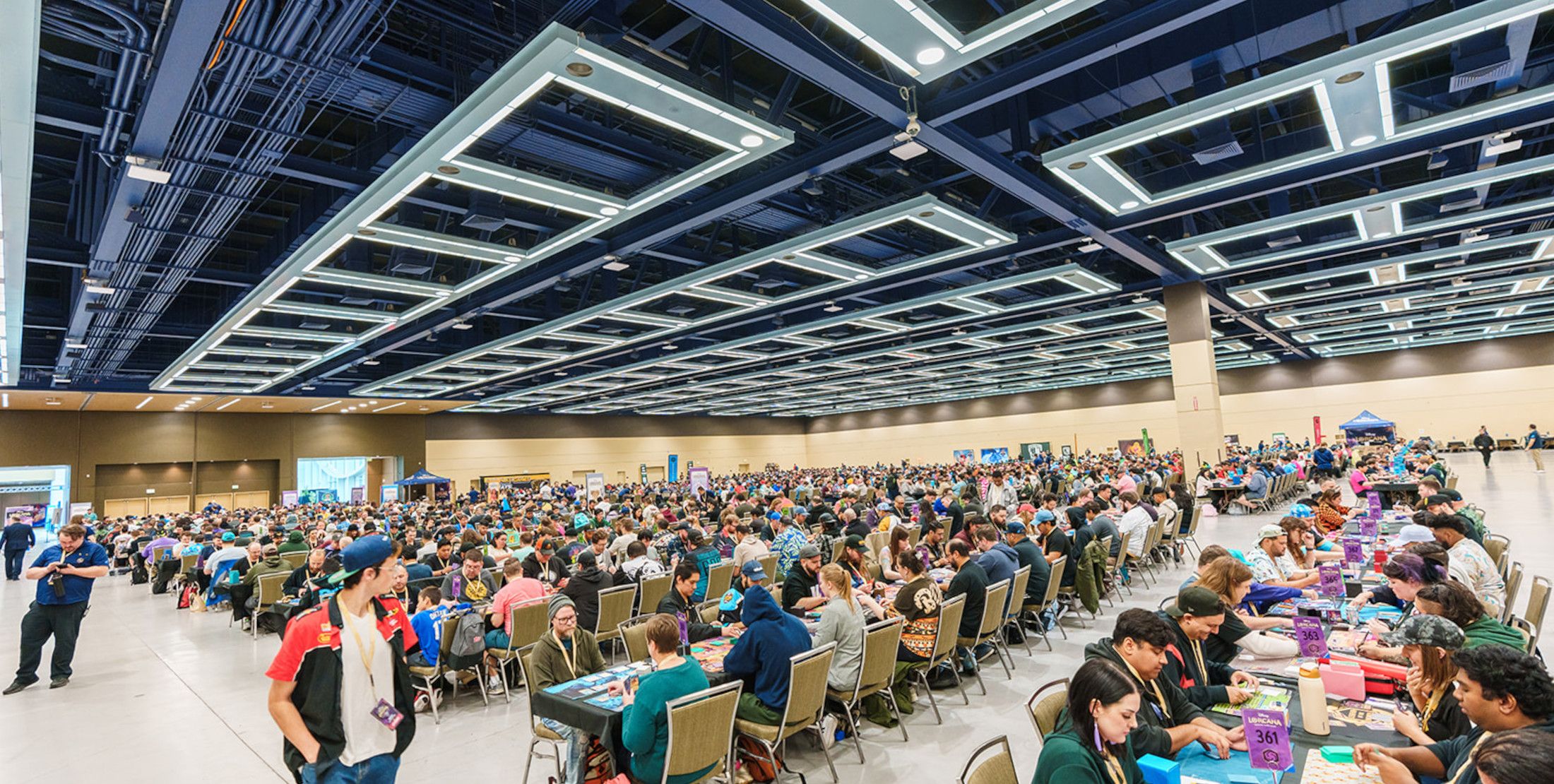
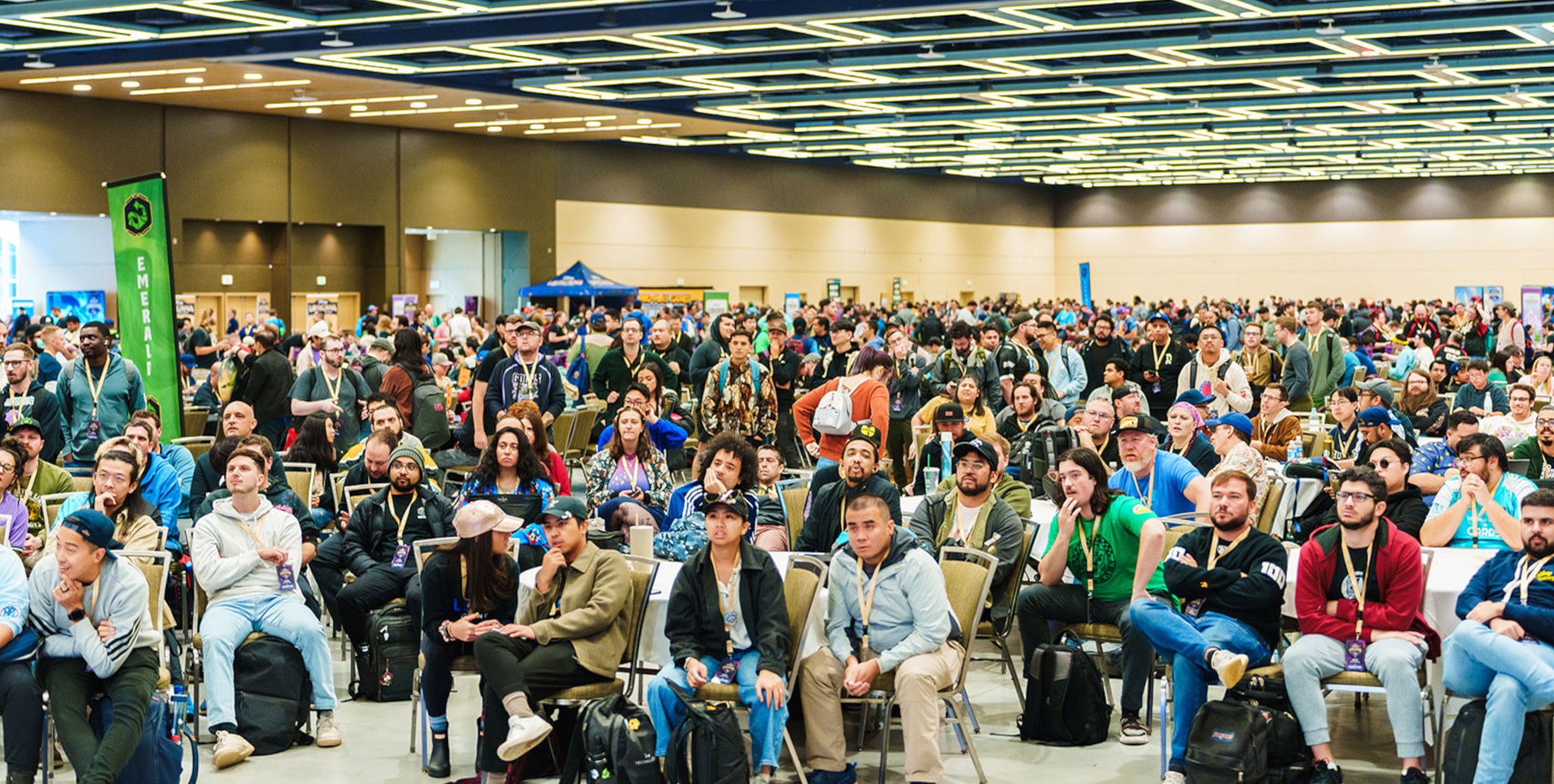
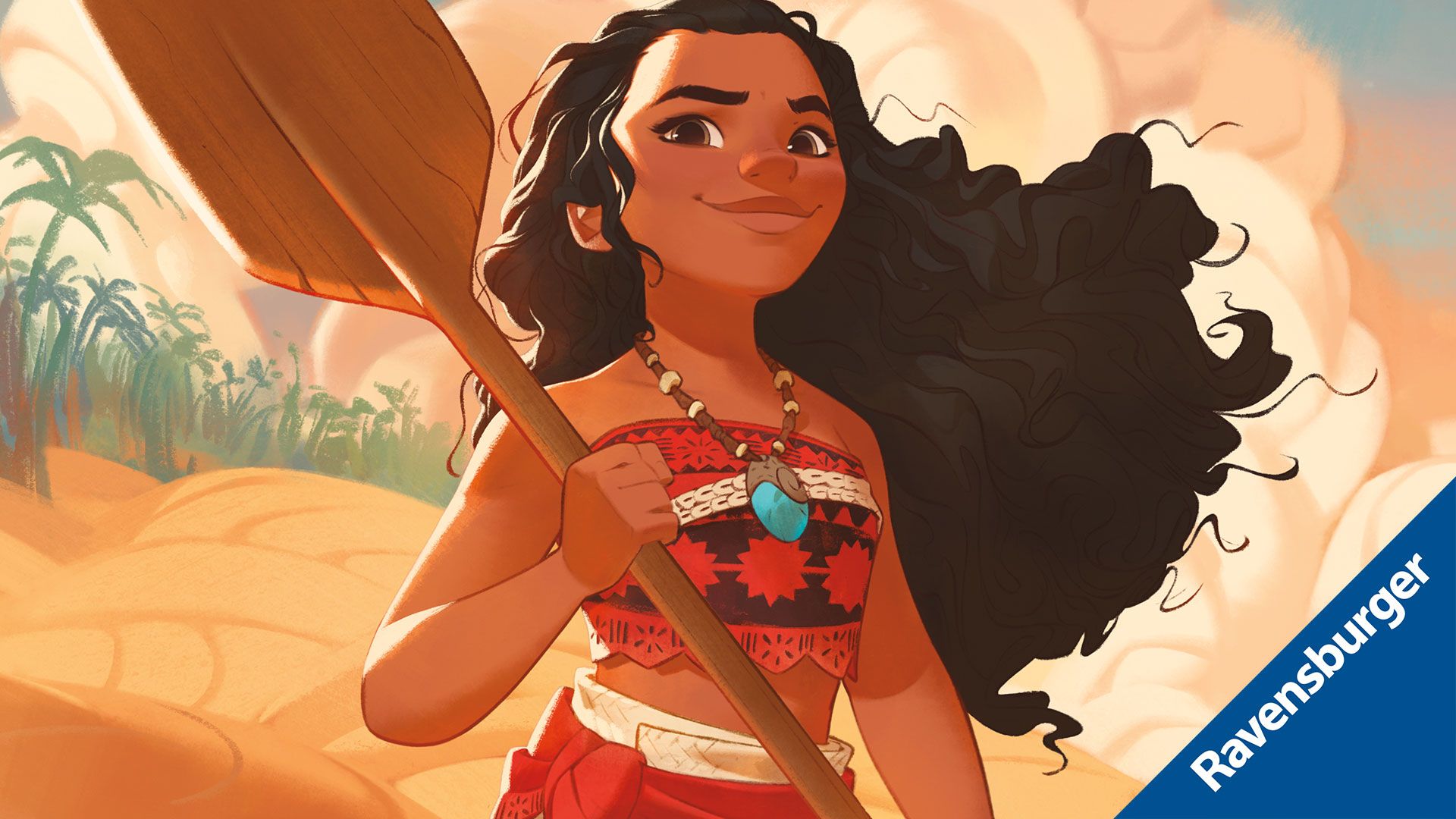
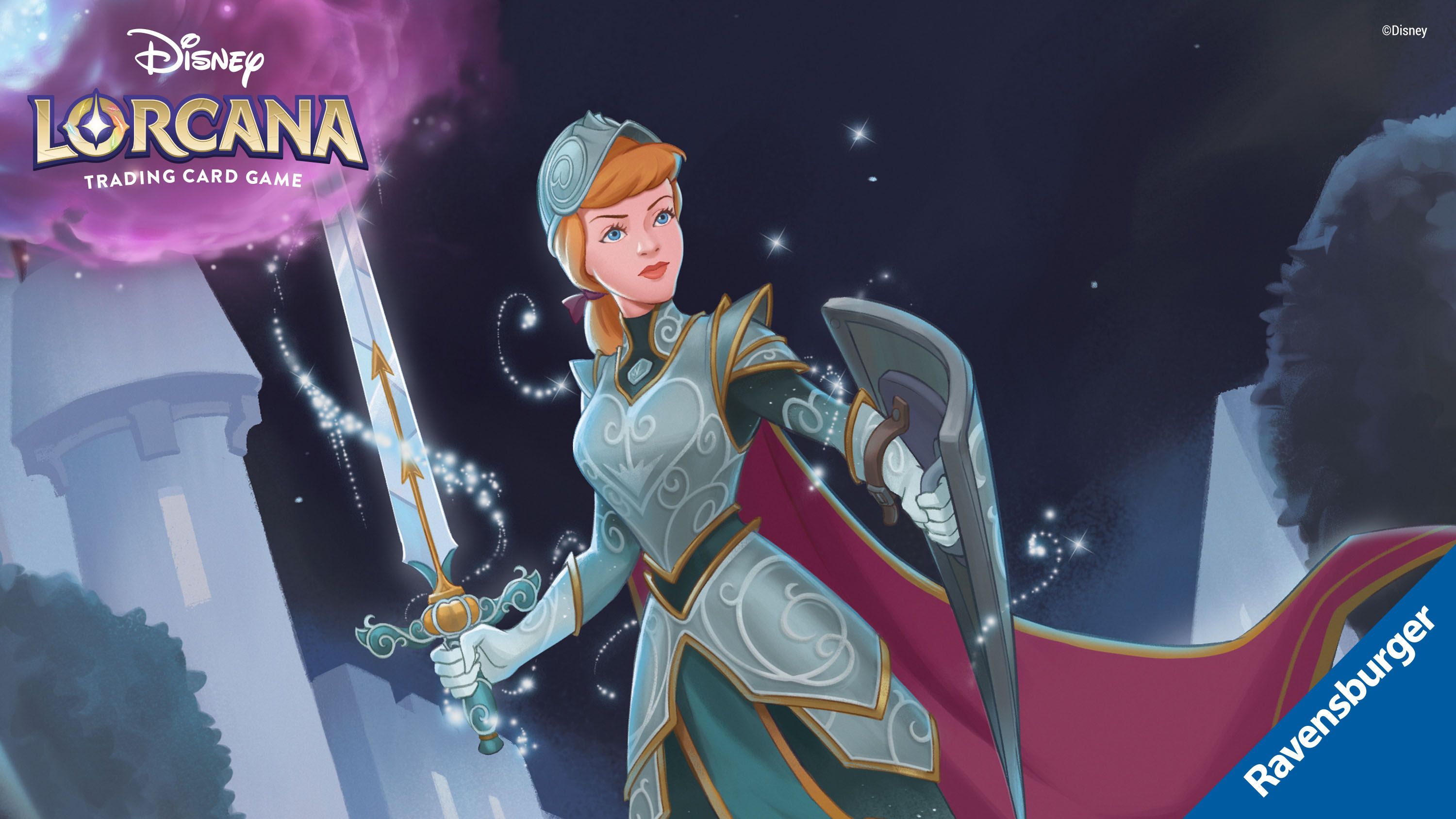
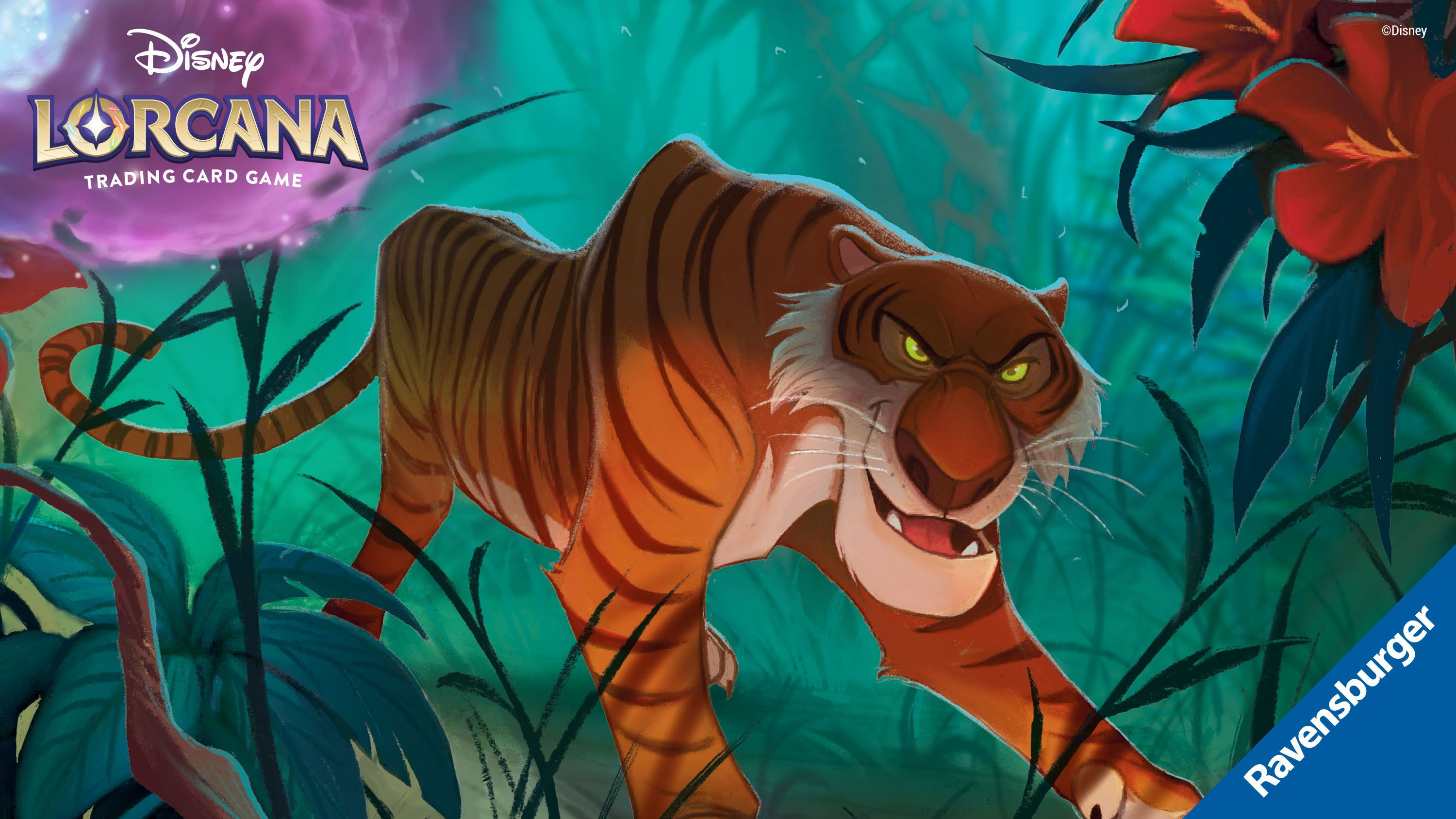
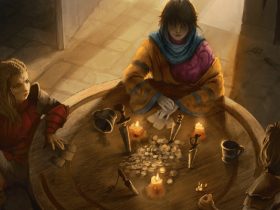
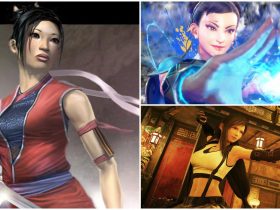

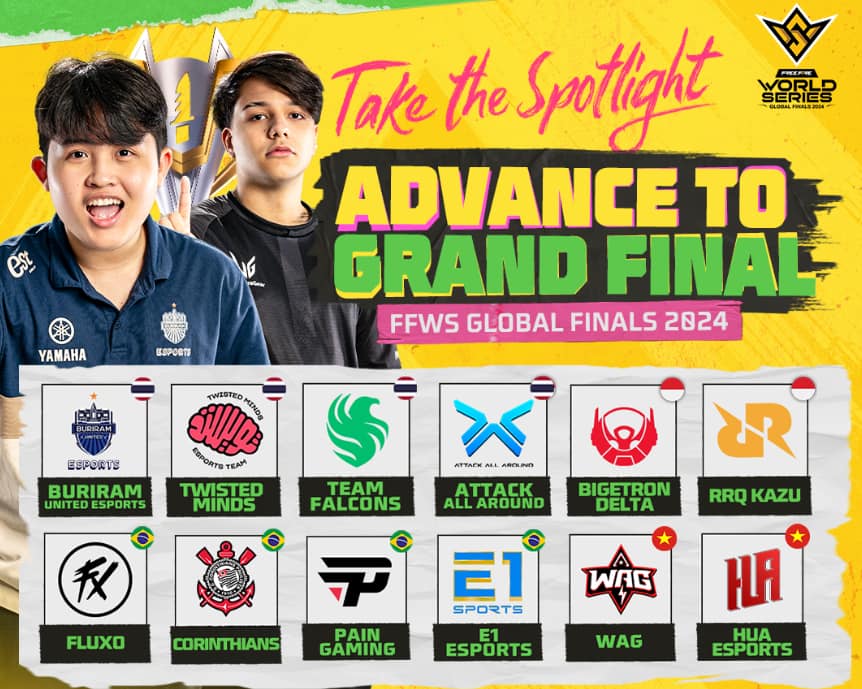
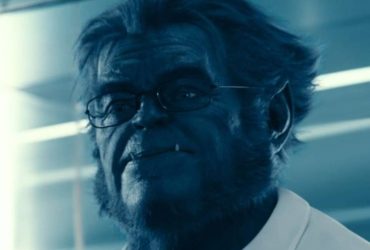
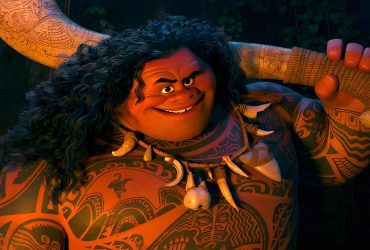
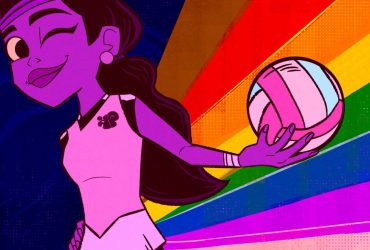
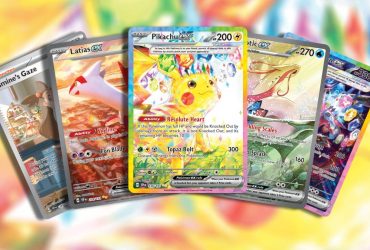
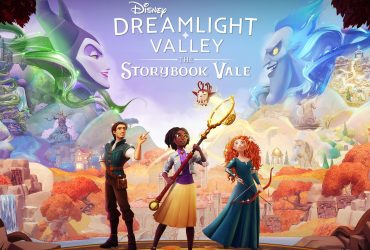
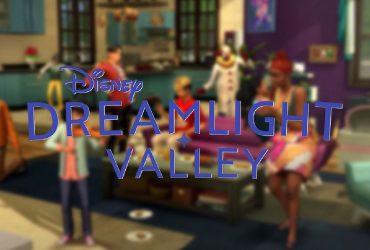
Leave a Reply